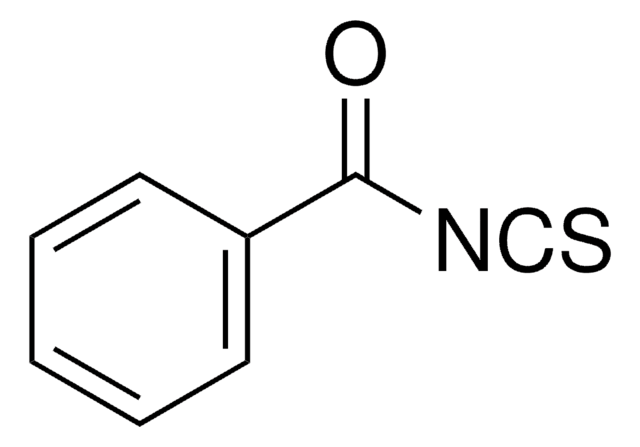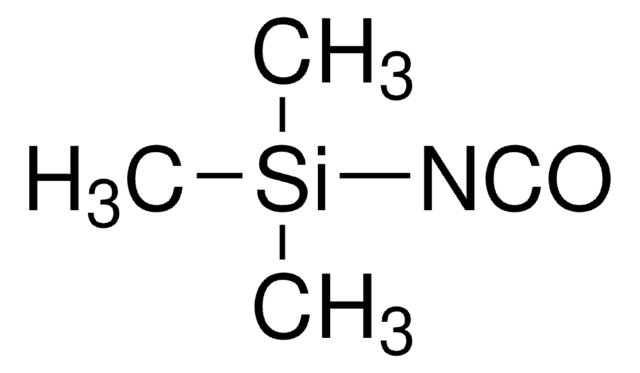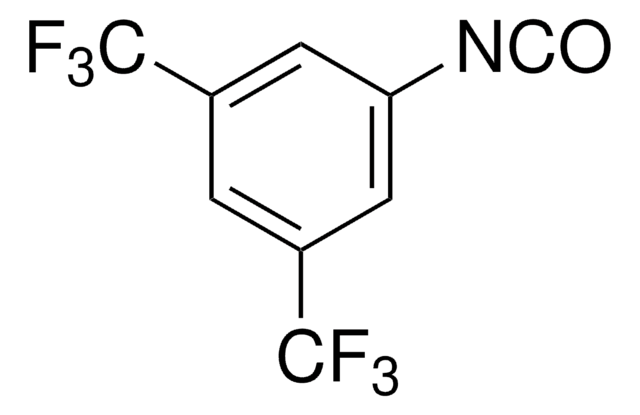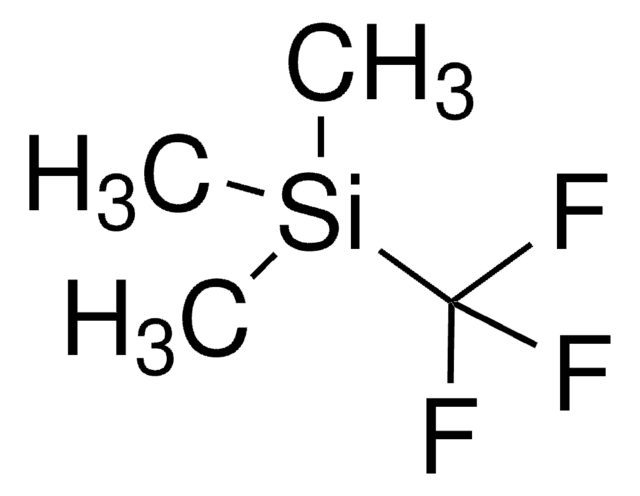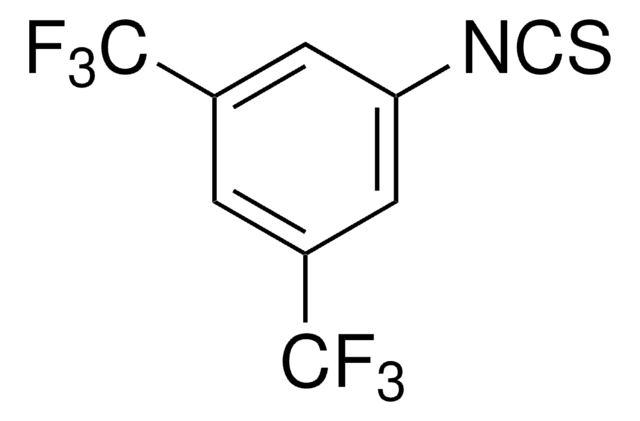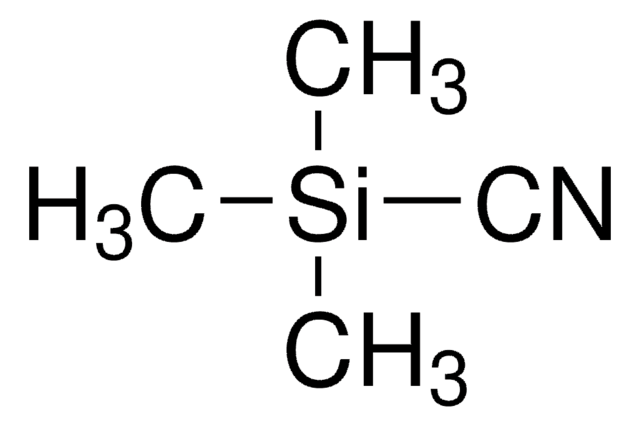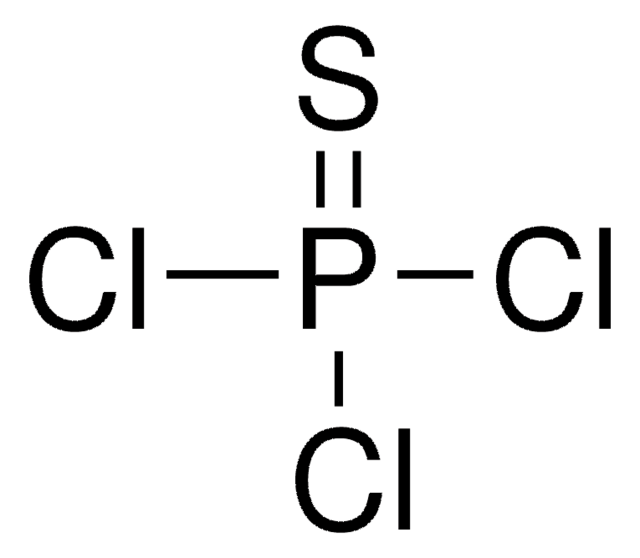Key Documents
230766
(Trimethylsilyl)isothiocyanate
99%
Synonim(y):
Isothiocyanatotrimethylsilane
About This Item
Polecane produkty
gęstość pary
>1 (vs air)
Próba
99%
Postać
liquid
współczynnik refrakcji
n20/D 1.482 (lit.)
tw
143 °C (lit.)
mp
−32.8 °C (lit.)
gęstość
0.931 g/mL at 25 °C (lit.)
temp. przechowywania
2-8°C
ciąg SMILES
C[Si](C)(C)N=C=S
InChI
1S/C4H9NSSi/c1-7(2,3)5-4-6/h1-3H3
Klucz InChI
XLTUPERVRFLGLJ-UHFFFAOYSA-N
Szukasz podobnych produktów? Odwiedź Przewodnik dotyczący porównywania produktów
Opis ogólny
Zastosowanie
Hasło ostrzegawcze
Danger
Zwroty wskazujące rodzaj zagrożenia
Zwroty wskazujące środki ostrożności
Klasyfikacja zagrożeń
Acute Tox. 3 Dermal - Acute Tox. 3 Inhalation - Acute Tox. 3 Oral - Eye Irrit. 2 - Flam. Liq. 3 - Resp. Sens. 1 - Skin Irrit. 2 - STOT SE 3
Organy docelowe
Respiratory system
Kod klasy składowania
3 - Flammable liquids
Klasa zagrożenia wodnego (WGK)
WGK 3
Temperatura zapłonu (°F)
84.2 °F - closed cup
Temperatura zapłonu (°C)
29 °C - closed cup
Środki ochrony indywidualnej
Eyeshields, Faceshields, Gloves, type ABEK (EN14387) respirator filter
Wybierz jedną z najnowszych wersji:
Masz już ten produkt?
Dokumenty związane z niedawno zakupionymi produktami zostały zamieszczone w Bibliotece dokumentów.
Klienci oglądali również te produkty
Nasz zespół naukowców ma doświadczenie we wszystkich obszarach badań, w tym w naukach przyrodniczych, materiałoznawstwie, syntezie chemicznej, chromatografii, analityce i wielu innych dziedzinach.
Skontaktuj się z zespołem ds. pomocy technicznej